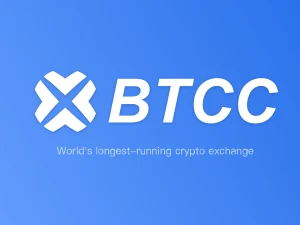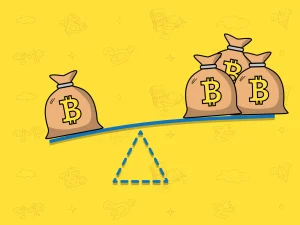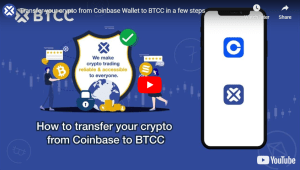Beginner’s Guide: How to Stake $SOL Effectively

Staking crypto involves locking up tokens to earn rewards, offering multiple advantages such as blockchain security enhancement and passive income generation. Solana blockchain stands out, allowing users to stake their $SOL tokens with ease. For those new to staking, here’s a straightforward guide to staking $SOL on the Solana blockchain. Discover how to harness the power of staking and start earning rewards today.
What is Staking $SOL?
On Solana, staking $SOL is a CORE activity that powers the blockchain and ensures its security. By staking your cryptocurrency, you’re putting it to work on a Proof of Stake (PoS) chain, where it helps to verify and secure all transactions. Solana takes this concept further with its unique Proof of History (PoH) mechanism, which supports the PoS system and enhances its efficiency.
What makes blockchain decentralized? It’s the absence of a middleman, as all transactions are verified and secured by the network of stakers. This not only ensures the blockchain’s decentralization but also guarantees its continuous operation. Think of staking as a modern, blockchain-based version of earning interest on your savings with a bank â but with added security and decentralization benefits.
Moreover, the security of a blockchain is directly linked to the number of tokens staked. The more tokens locked up, the harder it is for any attacker to take control. This is because a majority of 51% is required to manipulate the chain. Therefore, staking not only provides you with rewards but also contributes to the overall security and stability of the Solana blockchain. In summary, staking $SOL on Solana is a win-win situation: you earn rewards while supporting a secure and decentralized network.
Staking $SOL involves delegating tokens to validator nodes, enhancing Solana’s security and earning rewards. With a global network of validators confirming transactions, staking not only supports the chain but also provides a passive income stream for token holders. By participating, you contribute to Solana’s robustness and share in the staking rewards. This innovative approach, coupled with Solana’s unique Proof of History mechanism, offers an efficient and rewarding way to engage with the cryptocurrency ecosystem.
How Does Staking SOL Work ?
Staking Solana ($SOL) offers an opportunity to earn rewards within the crypto ecosystem.
- Wallets — Like Phantom or Solflare. Staking $SOL straight from your noncustodial wallet.
- Platforms — Like Marinade Finance, Jupiter, Jito, or SolBlaze.
Keep in mind, staking often involves lock-up periods, meaning you temporarily lose access to your staked $SOL and can’t sell it. These periods differ depending on the service, ranging from 2 to 30 days. Before staking, ensure you’ve researched all requirements and rules thoroughly.
Conclusion
Staking Solana ($SOL) tokens offers multiple advantages, primarily bolstering network security while earning attractive rewards. Investors have several staking options available to them. As of now, the price of $SOL stands at $123, boasting a market capitalization of $57 billion.










